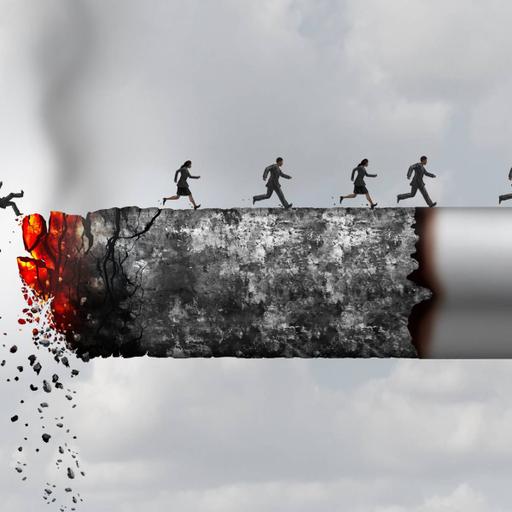Tobacco Smoking
Presentations | English
Tobacco Smoking is a practice of burning tobacco and inhaling or inhaling its smoke. Its practice dates back to 5000-3000 BC. In many civilizations and religious ceremonies, it was burned as an aroma and later used as a pastime or social tool. In the late 1500s it followed a common trade route. Although this substance has often been criticized, it has nevertheless become popular. However, during World War II, the movement failed to reach the enemy line and soon gained popularity. Scientific evidence was obtained in the 1980s, which emphasized political action against the practice. Consumption in developed countries has been declining since 1965. However, growth continues in developing countries. Tobacco is the most common form of tobacco use, and tobacco is the most common substance in smoking. Agricultural products are often mixed with other additives and then softened. The resulting vapor is inhaled and the active substance is absorbed from the cells through the lungs. Dopamine and subsequent endorphins are often associated with pleasure In 2000, approximately 1.22 billion people smoked. Men are more likely than women to smoke although the gender gap is lower among young people. Many smokers start during adolescence or adulthood. Smoking usually provides pleasant sensations in the early stages and acts as a source of positive reinforcement. After several years of smoking in a person, withdrawal symptoms and negative reinforcement become the main stimulus for his or her continuity.

12.50
Lumens
PPTX (50 Slides)
Tobacco Smoking
Presentations | English
